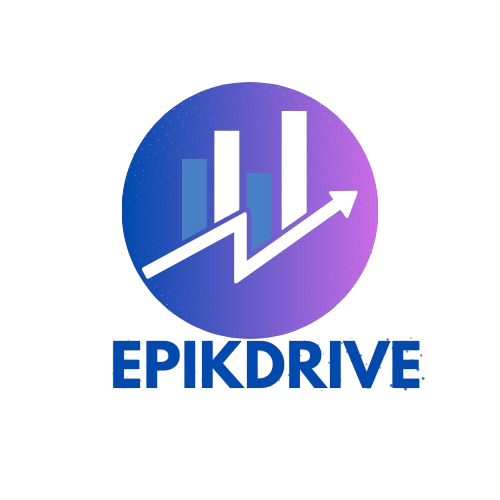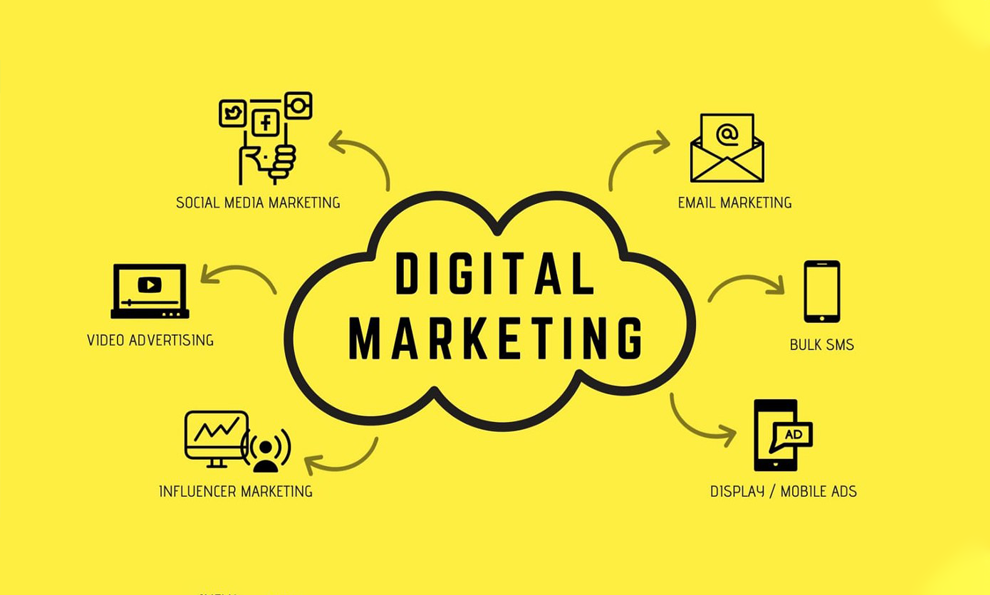Marketing has always been about reaching your audience in the right place and at the right time. With time, how businesses interact with their customers has changed drastically. The growth of the internet and contemporary technology has resulted in a massive move from offline marketing to online marketing. While both seek to market a brand and bring in customers, they are different in method, tools, audience interaction, and measurement.
Let’s explore the key differences between digital marketing and traditional marketing:
1. Channels and Platforms
Traditional Marketing only uses offline methods to reach consumers. This includes:
Print media (newspapers, magazines, brochures)
Broadcast media (TV, radio)
Outdoor advertising (billboards, posters, banners)
Direct mail (flyers, catalogs)
Telemarketing and face-to-face promotions
On the other hand Digital Marketing relies on online platforms and digital technologies, such as:
Social media (Facebook, Instagram, LinkedIn, X)
Search engines (Google, Bing)
Websites and blogs
Email marketing
Pay-per-click (PPC) advertising
Influencer marketing
Mobile apps and SMS marketing
2. Targeting and Personalization
Traditional Marketing often uses broad messaging aimed at mass audiences. For example, a TV commercial may reach millions, but not all viewers are potential customers. There is limited personalization in this approach.
Digital Marketing allows for precise targeting based on demographics, interests, online behavior, location, and more. Marketers can create personalized campaigns tailored to specific segments or even individuals, increasing the chances of engagement and conversion.
3. Interactivity and Engagement
Traditional Marketing is generally one-way communication. The business sends out a message, and the audience passively receives it. There’s little opportunity for immediate interaction or feedback.
Digital Marketing is very interactive and two-way. Audiences can comment, like, share, and respond in real time. This makes the relationship between brands and customers more engaging and dynamic. It also assists businesses in building communities and enhancing customer service.
4. Cost and Budget Flexibility
Traditional Marketing can be very expensive, especially for TV and print ads. Production costs are high, and once a campaign is launched, it cannot be easily altered. Small businesses often find these methods cost-prohibitive.
Digital Marketing offers a much cheaper alternative. You can start out on a shoestring budget, expand as needed, and adjust your campaign in real time. Most digital channels offer pay-per-click or pay-per-impression pricing, which enables you to have more control over spending and ROI.
5. Measurability and Analytics
Traditional Marketing is harder to measure. While you can estimate reach and brand awareness, it’s difficult to track exactly how many people engaged with your ad or made a purchase because of it.
Digital Marketing provides detailed analytics and real-time data. You can track:
Website traffic
Click-through rates
Conversion rates
Bounce rates
ROI (return on investment)
Audience behavior and engagement
This data helps marketers refine their strategies and make data-driven decisions.
6. Speed and Adaptability
Traditional Marketing requires more time for planning, production, and distribution. Once launched, it’s not easy to change or update a campaign.
Digital Marketing is fast and flexible. You can launch a campaign in a few hours, test different versions (A/B testing), and make adjustments instantly based on performance and feedback.
7. Reach and Global Presence
Traditional Marketing usually has a local or regional reach, depending on the medium used (e.g., local newspapers or billboards).
Digital Marketing has the power to reach a global audience instantly. A single post or video can go viral and reach millions worldwide without the limitations of geography.
8. Lifespan and Content Longevity
Traditional Marketing materials often have a short lifespan. A TV or newspaper ad runs for a limited time and then disappears.
Digital Marketing content can live indefinitely online. Blog posts, YouTube videos, and social media content can continue to attract traffic and engagement for months or even years after publishing.
Conclusion
Both digital marketing and traditional marketing are strong in their own ways but benefit businesses in different manners. Traditional marketing is still useful to create brand name and trust via physical, high-reach mediums, particularly for industries where interpersonal relationships are critical. Digital marketing, on the other hand, is more versatile, targeted, and cost-effective, making it a perfect solution in today’s networked age.
Ultimately, many successful businesses use a blend of both approaches to create a powerful, well-rounded marketing strategy that connects with audiences wherever they are—online or offline.
Let me know if you’d like this rewritten for a presentation, blog post, or for a specific industry!


